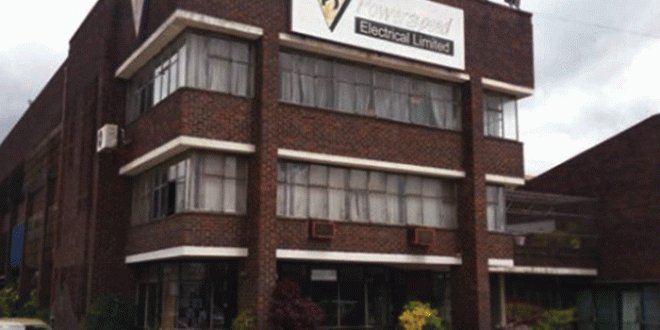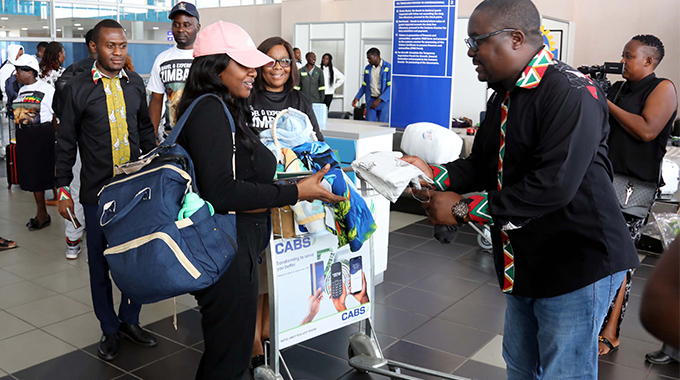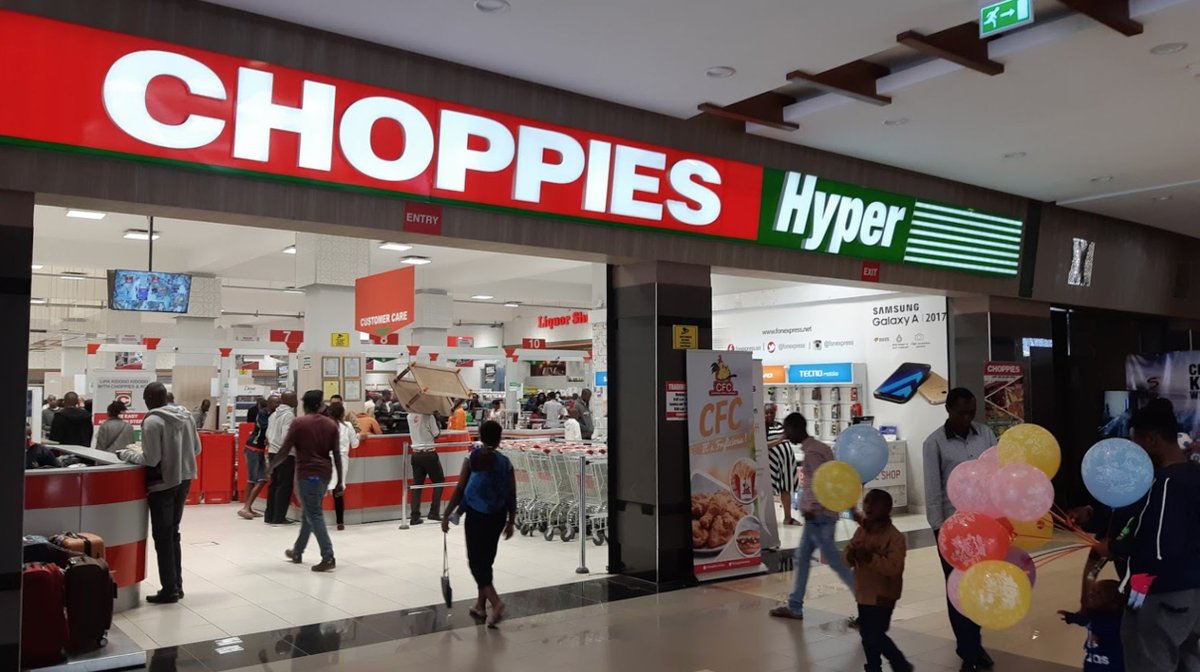Low uptake of business cover by SMEs
The National Financial Inclusion Strategy II (NFIS-II) document launched by the Government on Monday has revealed that only four percent of small and medium enterprises have business insurance cover and uptake of climate related insurance remains minimal.
The report said two main challenges to improved uptake of insurance products by Micro, Small to Medium Enterprises (MSMEs) were the high cost of insurance and lack of knowledge of insurance products or where to access them.
Despite the low uptake, since Zimbabwe is an agro-based economy, this presents an opportunity to increase climate related insurance against exogenous shocks such as drought and cyclones.
National Development Strategy 1 (NDS1)
NFIS-II seeks to deepen the use of financial products in the informal sector to achieve the goals set out under the National Development Strategy 1 (NDS-1).
NDS1, among other priorities, aims to eradicate poverty and empower women, and youths, promote sustainable livelihoods for the less privileged and support people living with disability.
Now, NFIS-II rides on the successful implementation of NFIS-I that ran between 2016 and 2021 focusing more on access to financial services by the low-income and marginalised groups such as women, youths, rural communities, smallholder farmers as well as micro, small and medium enterprises.
The report said besides low uptake of business cover by small-scale traders, 22 percent of the Zimbabwean adult population have insurance cover.
Mr Nketha Mangoye Dlamini
“Uptake of individual insurance products among the Zimbabwean adult population remained low at 22 percent in 2022 down from 26 percent in 2014, driven largely by funeral insurance, which accounted for 72 percent of those insured.
“About 72 percent of the population does not have any form of insurance,” it said.
“Uptake of formal insurance by MSMEs (which is largely personal insurance), remained low at 24 percent , up from five percent in 2012. Formal insurance was largely driven by funeral cover (76 percent) and medical cover (36 percent).”
In separate interviews yesterday, players in the small to medium sector said the structure of insurance packages, requirements needed and limited knowledge contribute to low business insurance cover.
Executive director of Bulawayo Vendors and Traders Association Mr Michael Ndiweni
Bulawayo Vendors and Traders Trust Association (BVTA) Executive Director, Mr Michael Ndiweni said the structure of financial inclusion was a prohibitive factor to having business cover.
“This is because of the structure of our financial inclusion in the country and as a result micro-financiers would prefer to have established businesses that are formalised and compliant with a number of provisions,” he said.
“However, some SMES may not be fully compliant and that has a bearing on the structure of financial inclusion. There is limited knowledge on insurance packages and those that are tailor made for SMEs, some of them have prohibitive premiums and requirements such as collateral.
“So that is why we have then five percent of people covered under financial inclusion,” said Mr Ndiweni.
Bulawayo MSMEs programme co-ordinator, Mr Nketha Mangoye Dlamini said while there is a perception of high costs associated with insurance cover, there is need for small traders to be educated on insurance.
That knowledge gap can be bridged by insurance firm’s continuously educating the sector on the need to be insured.
“There is a perception of high costs of taking insurance when compared to the benefits. We need to also attend basic management training and capacitate traders. Are they aware of the need for insurance, how to professionally run businesses and how do we bring issues of disaster management and recovery.
“Due to lack of knowledge, there is no prioritisation of taking insurance whether it’s for fire or theft, therefore it’s important for insurance firms to engage the sector and educate traders on the importance of taking insurance cover,” said Mr Dlamini.
Vendors
He added that insurance firms also need to develop affordable insurance products that respond directly to the needs of micro-small medium enterprises.
Meanwhile, the report added that about 40 percent of MSMEs are banked, up from 14 percent in 2012.
Other non-bank financial services accounted for 55 percent of the formally served, up from four percent in 2014.
While ownership of bank accounts among the MSME owners improved, the report said usage of the accounts for business purposes has remained subdued.
Most of the MSME owners cite the size of the business (too small as the majority are individual entrepreneurs), lack of confidence in the financial system, and irregular income to warrant frequent usage of bank accounts, added the report.
Women continue to dominate ownership of MSMEs, accounting for 60 percent of the total MSMEs this year, up from 54 percent in 2012.
“Financial inclusion by gender indicates that 93 percent of women business owners are formally served with bank products accounting for 30 percent and other formal financial services including mobile money, accounting for 63 percent.”-chronicle.cl.zw











